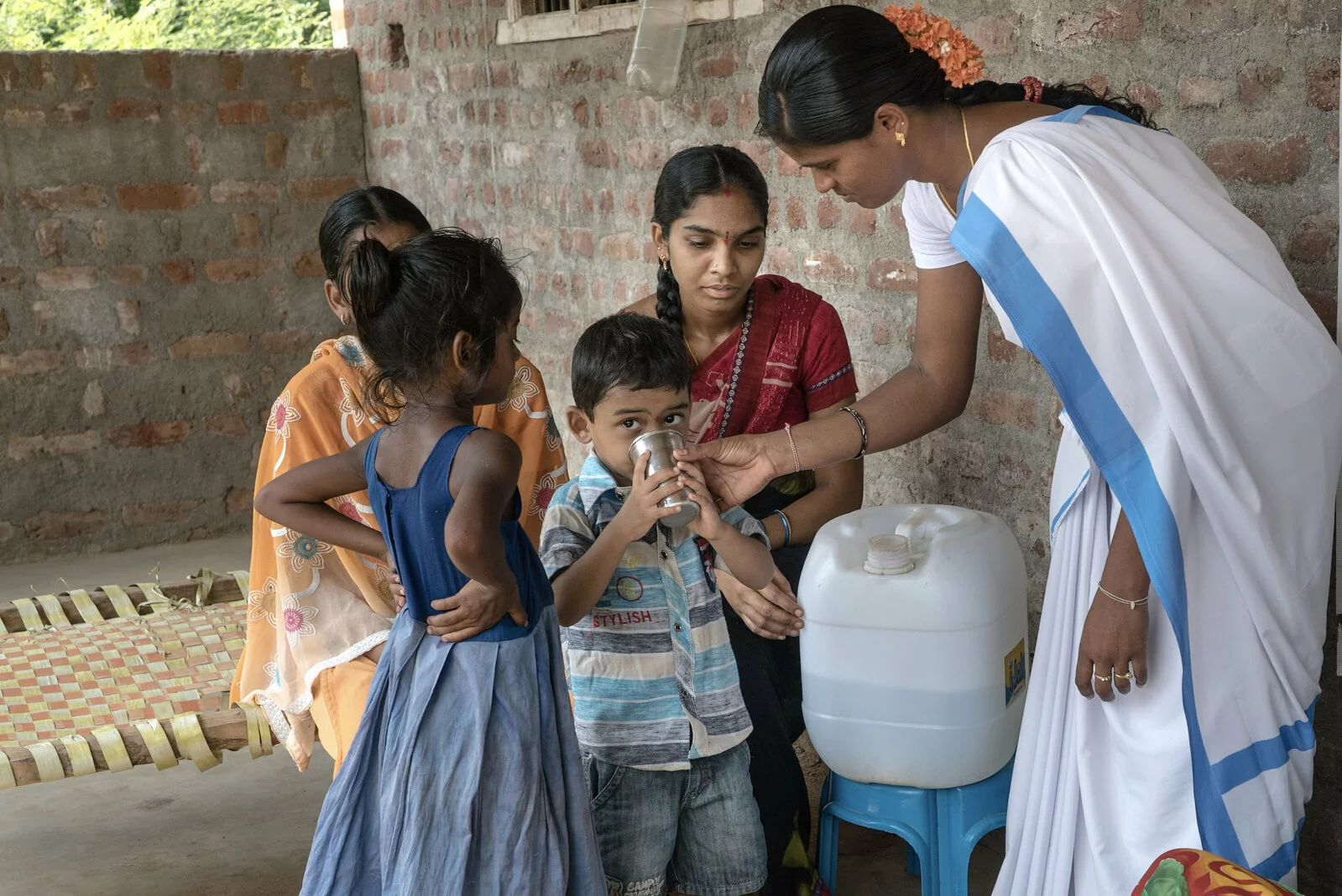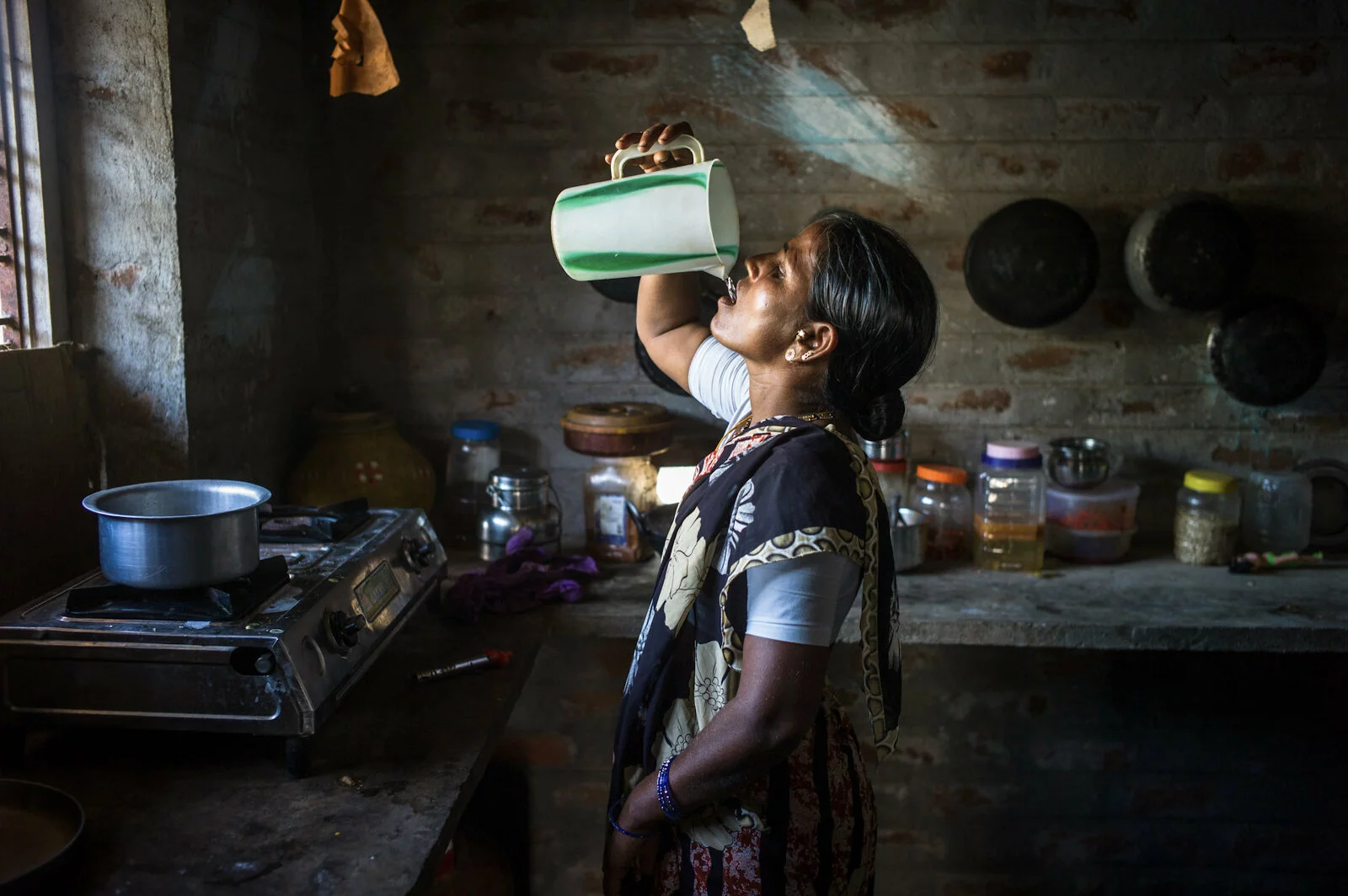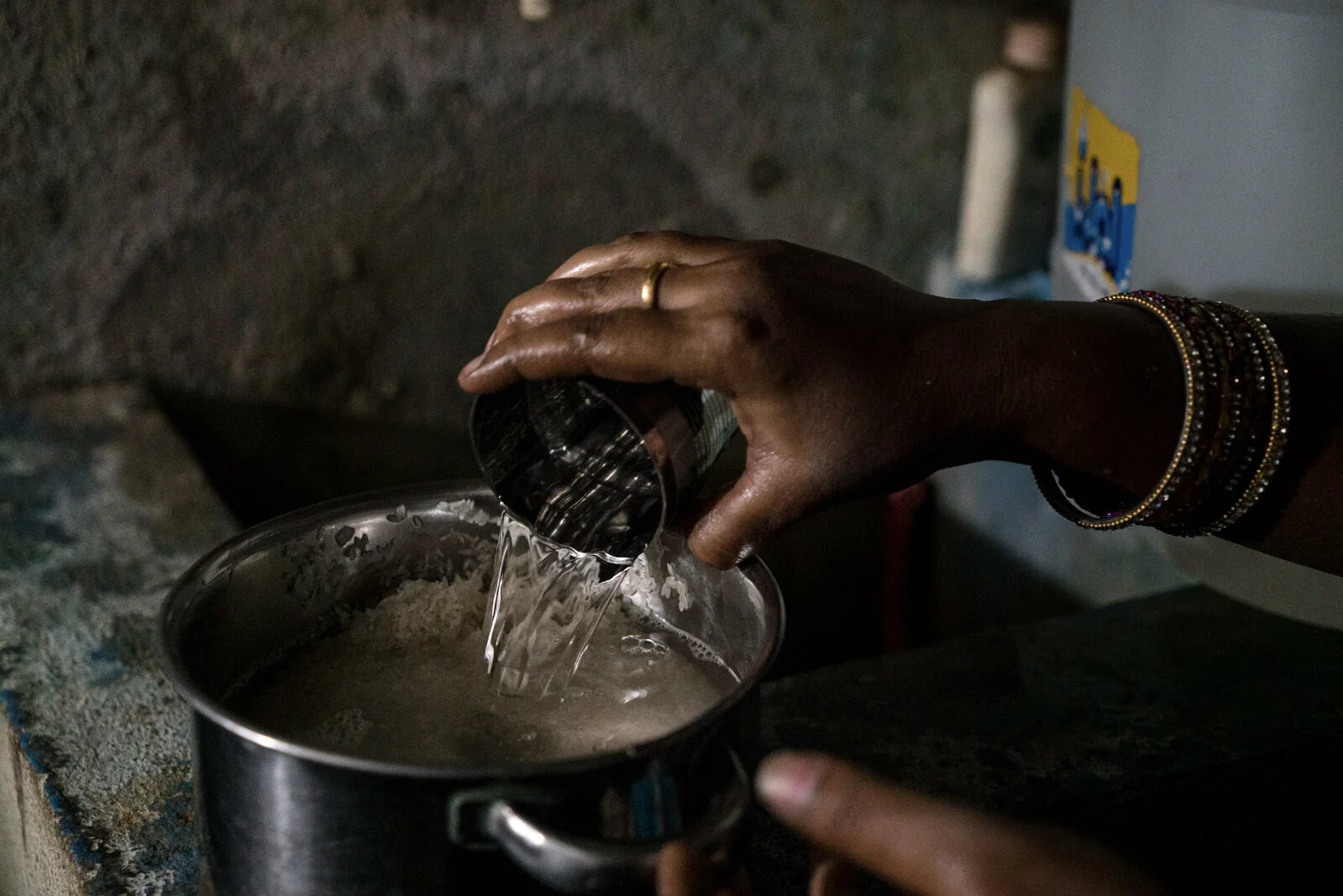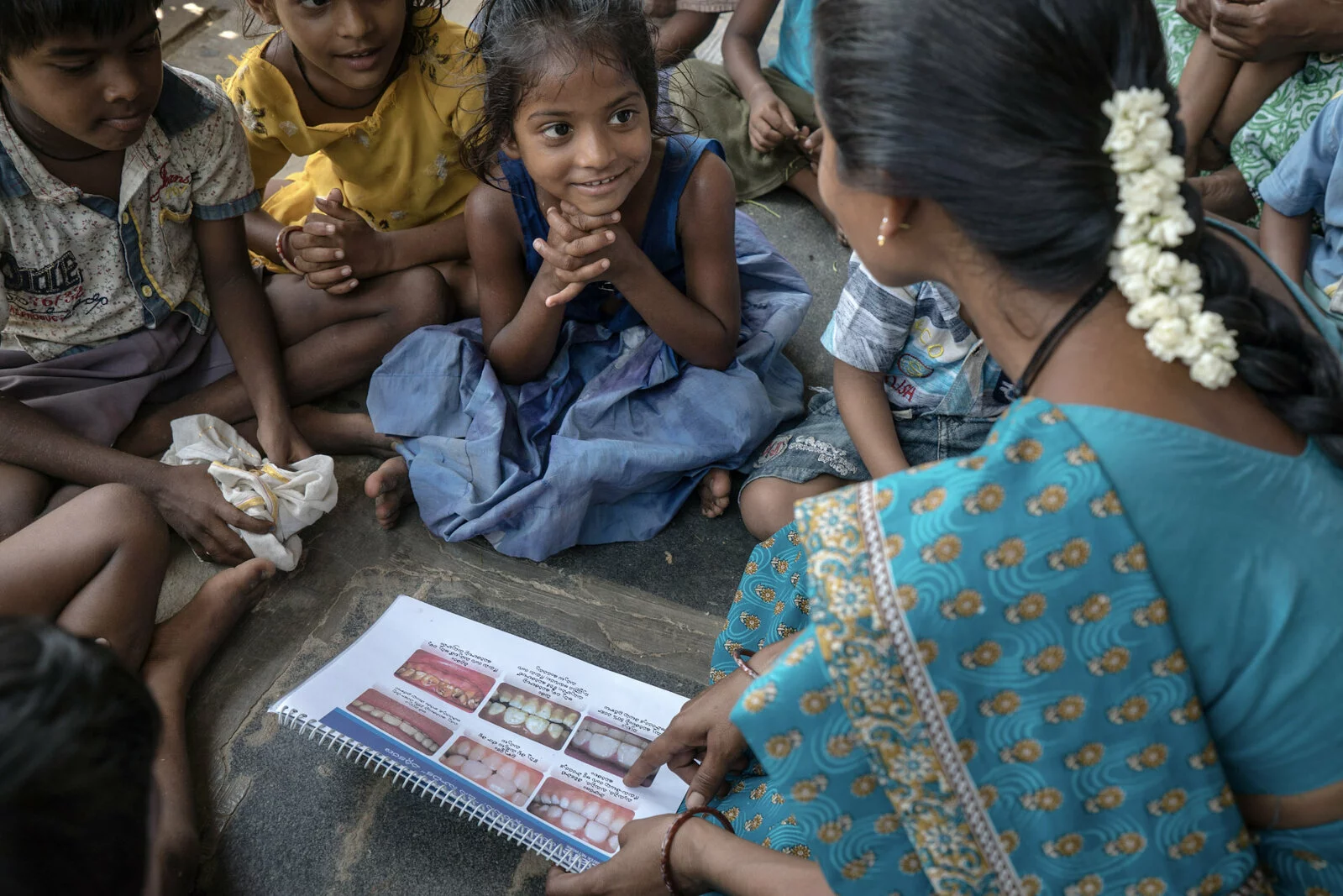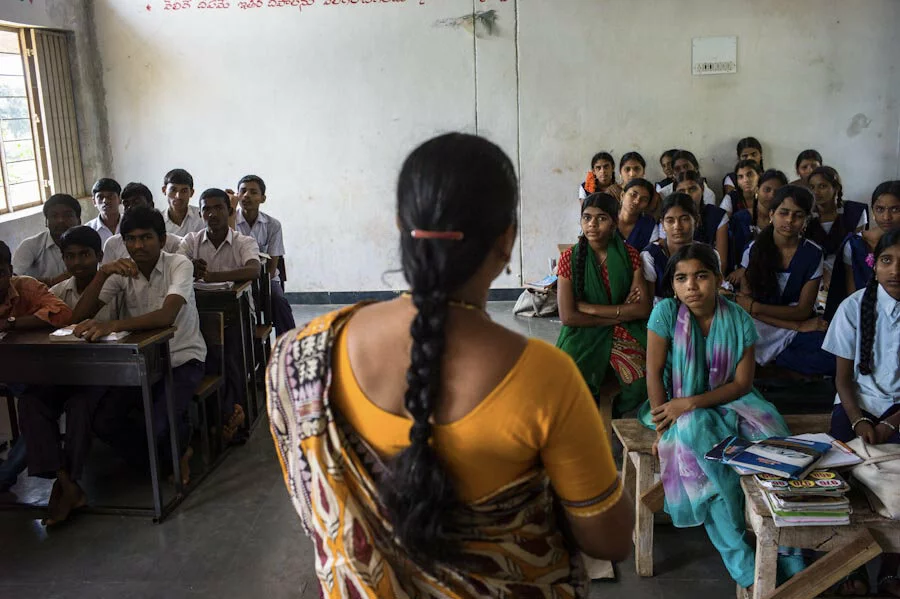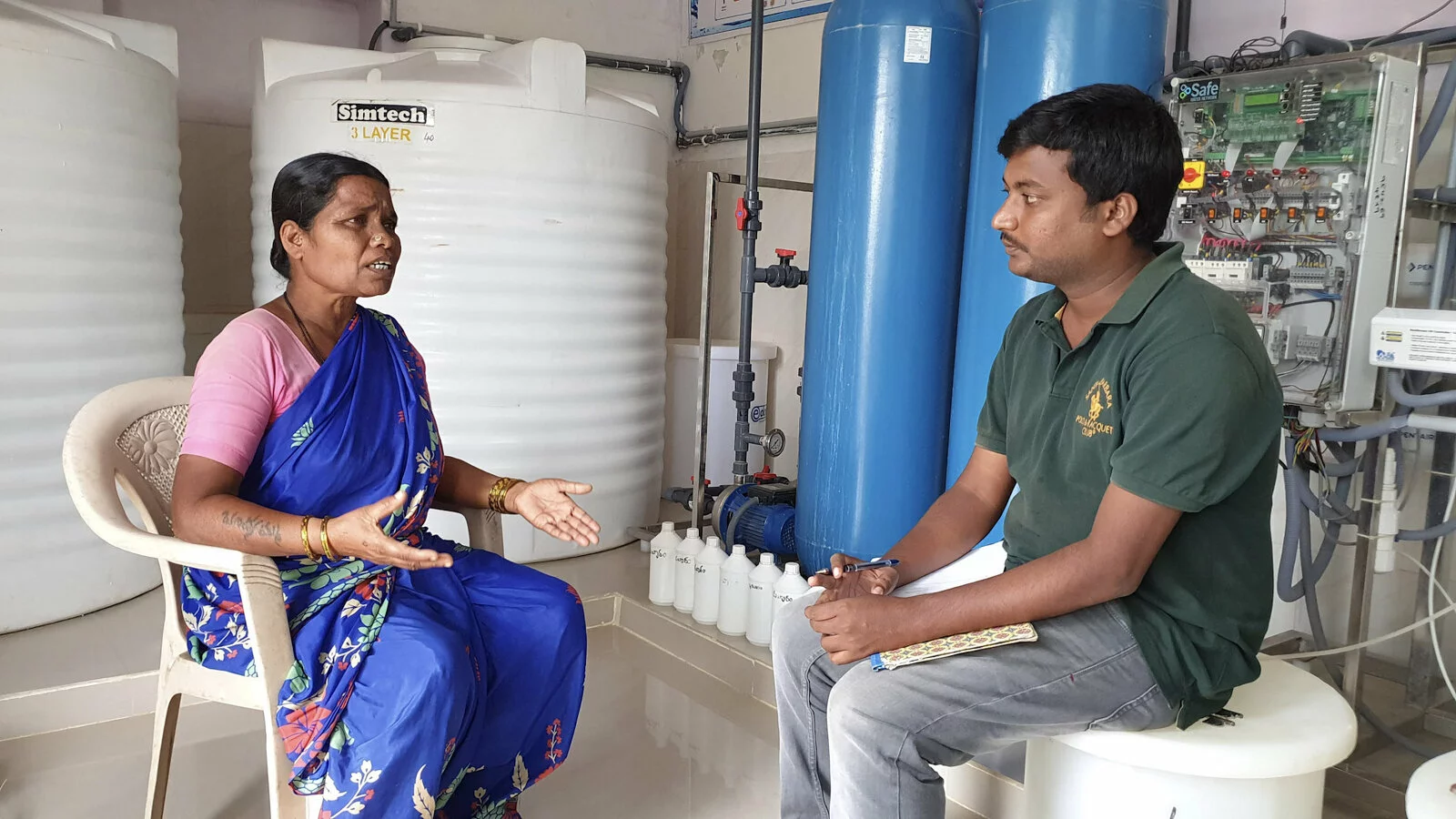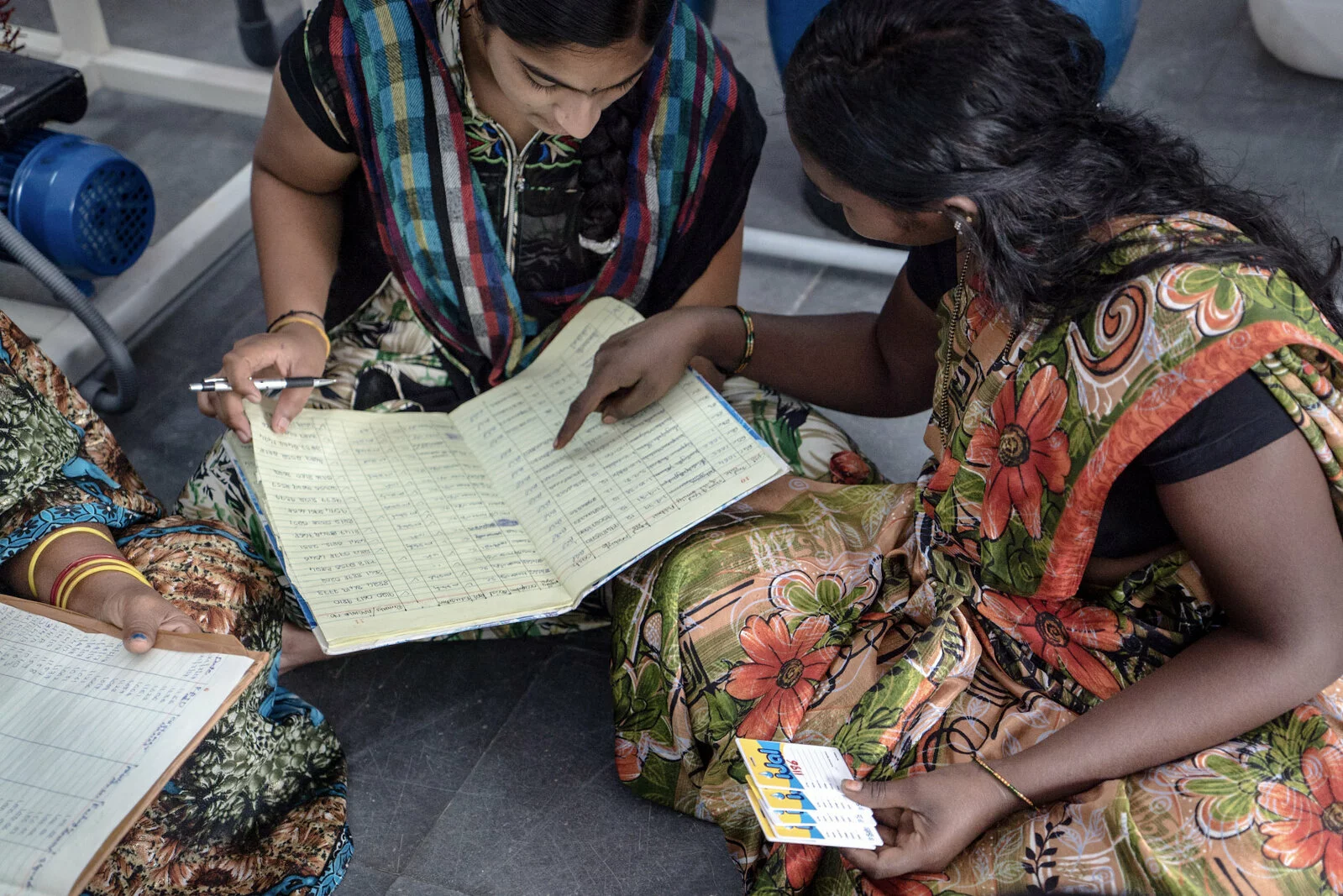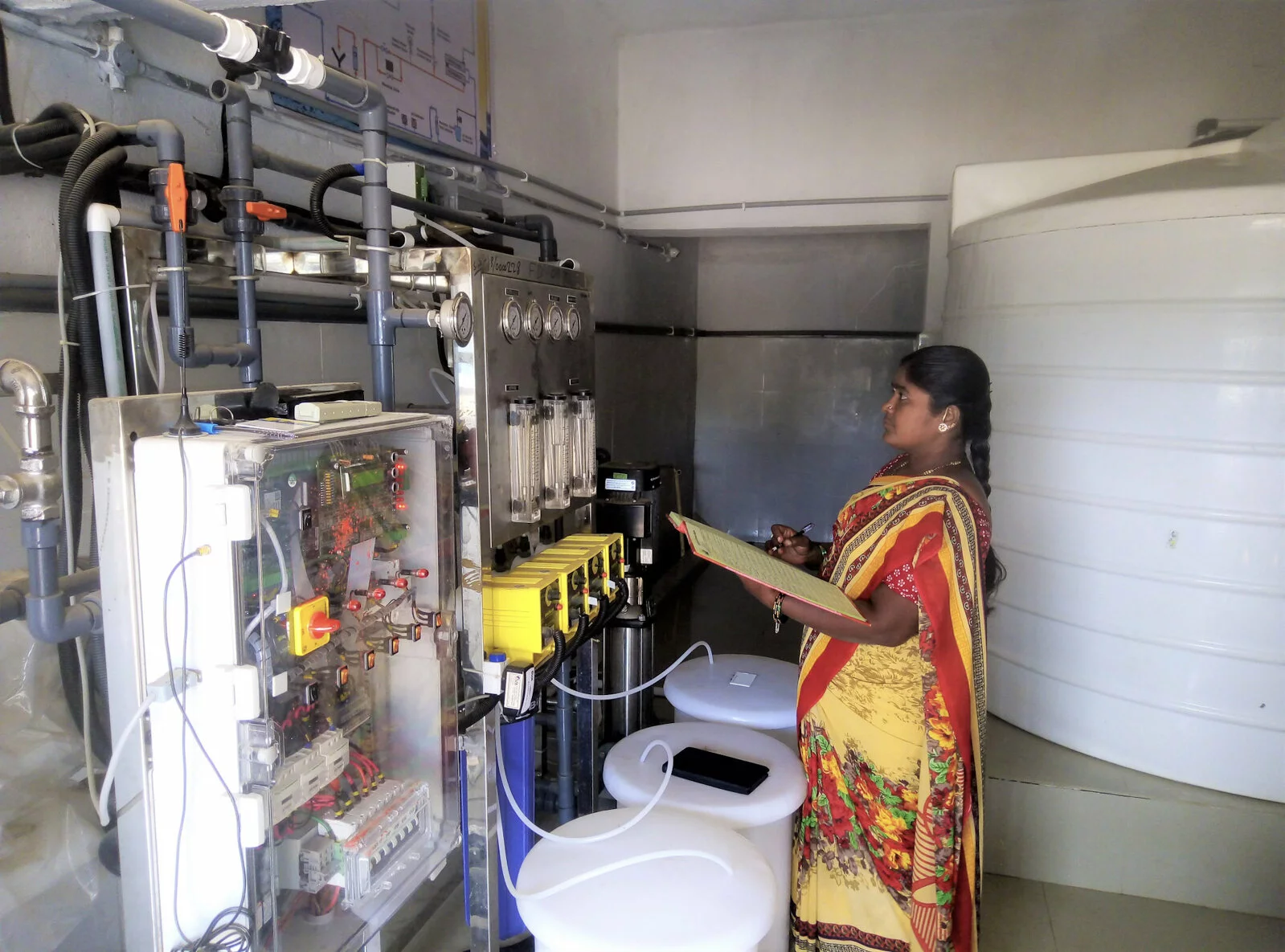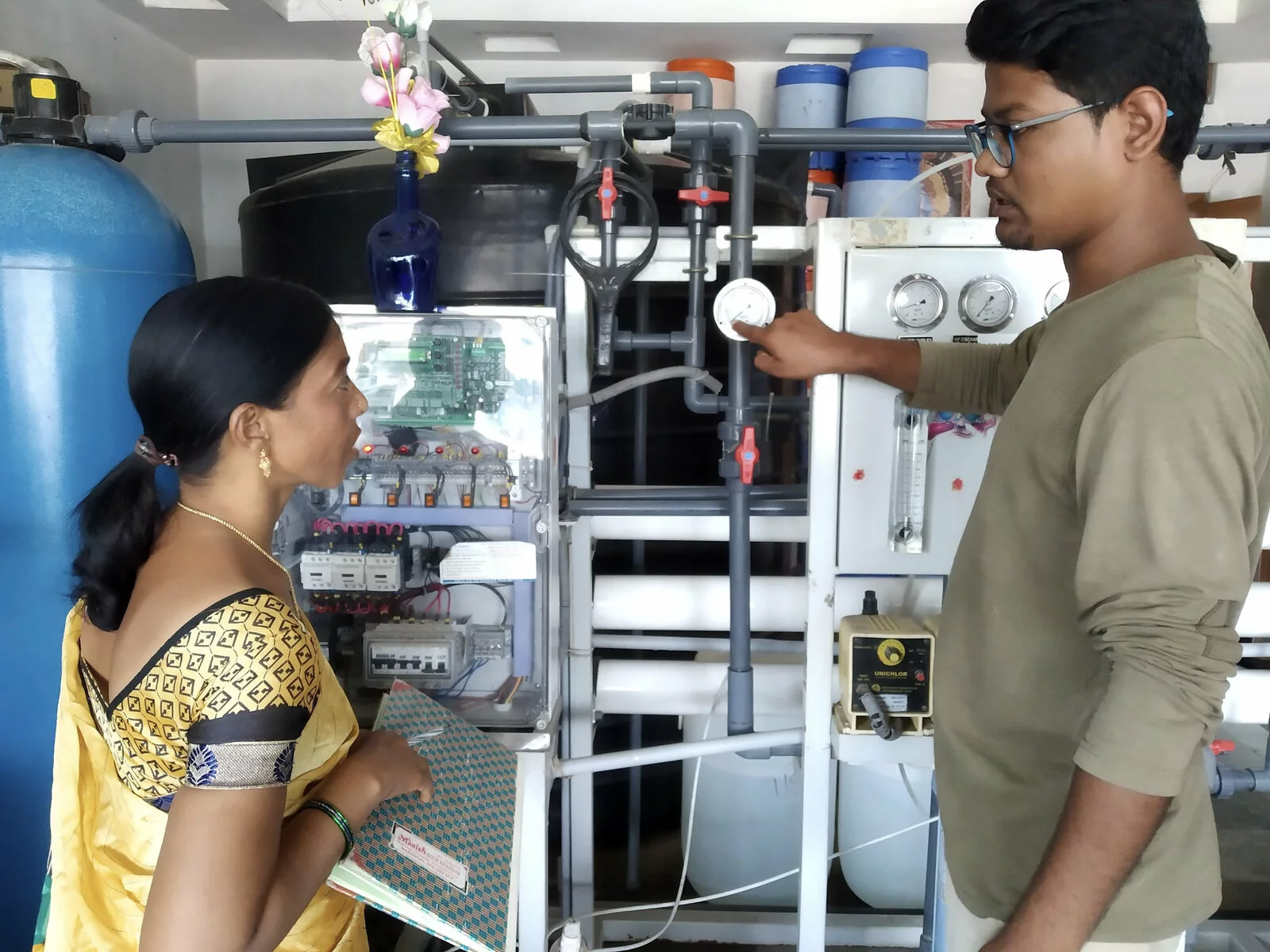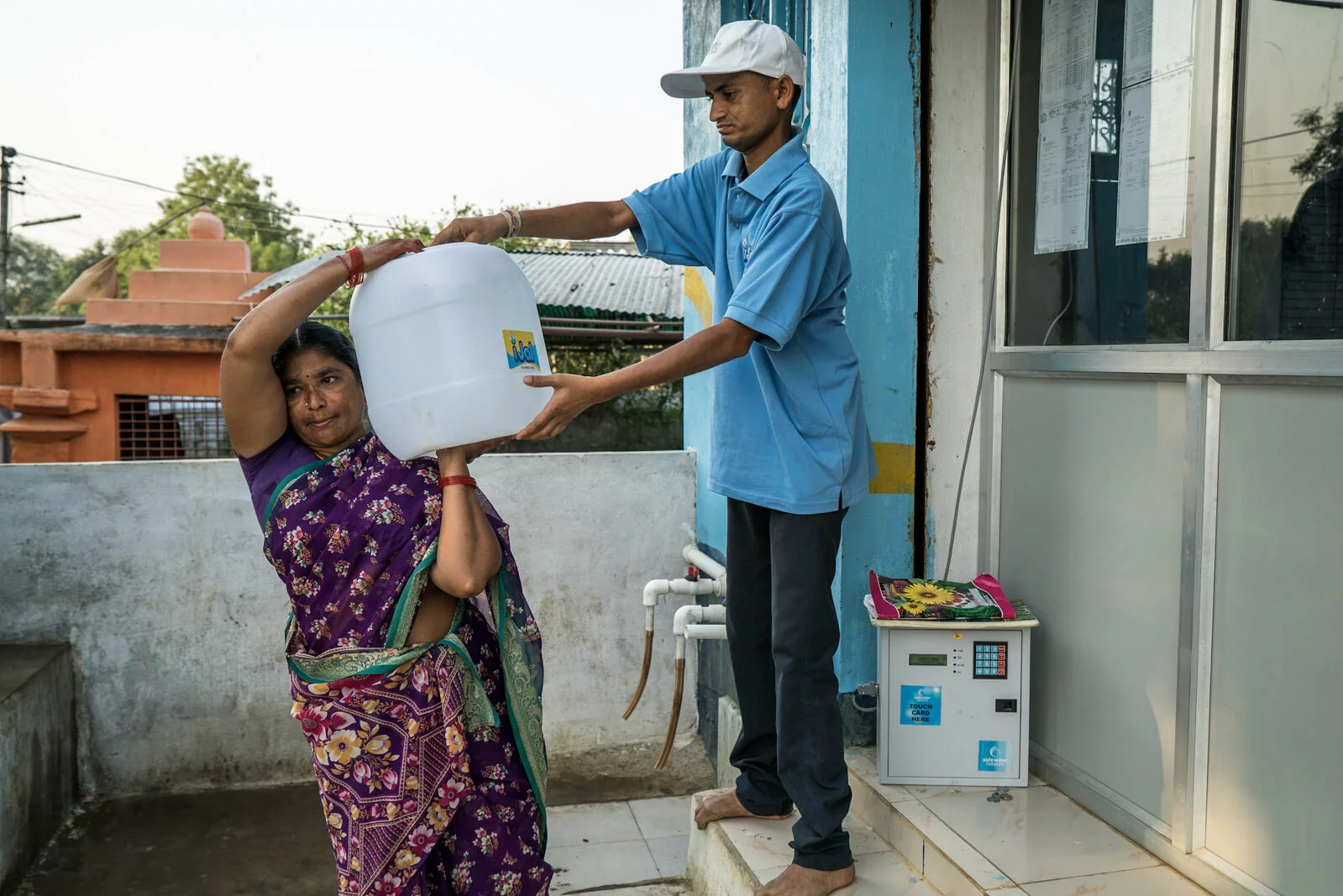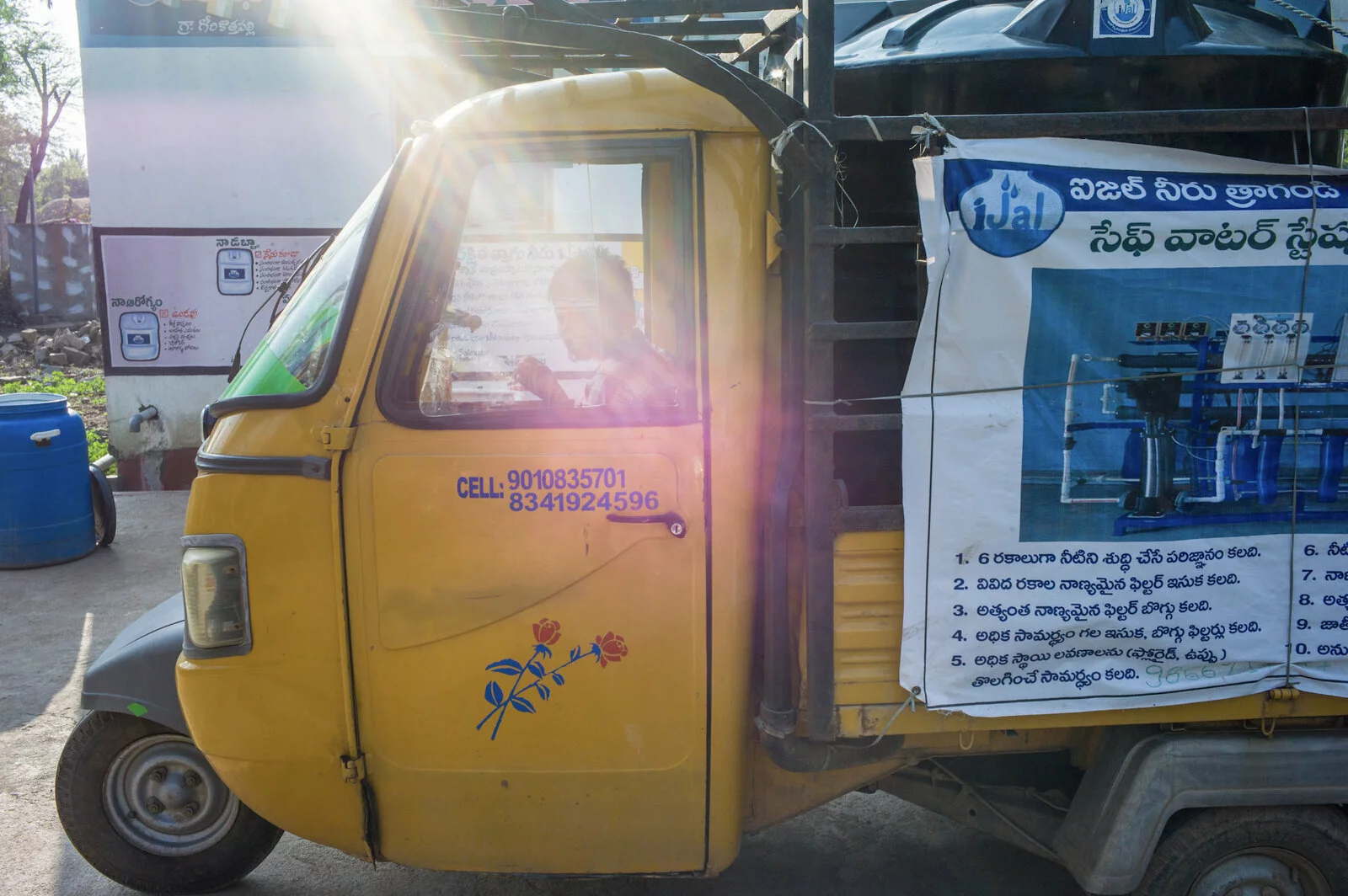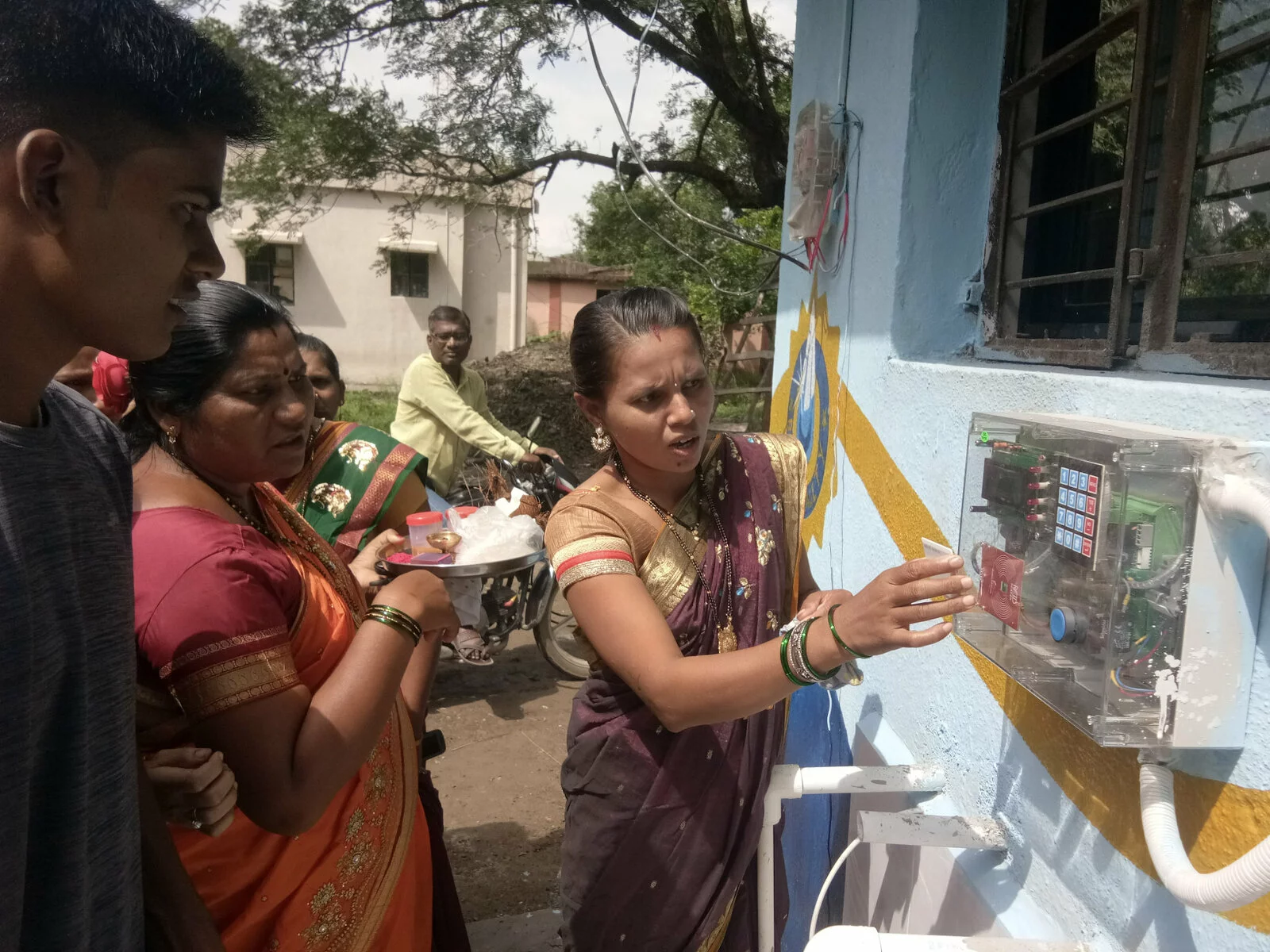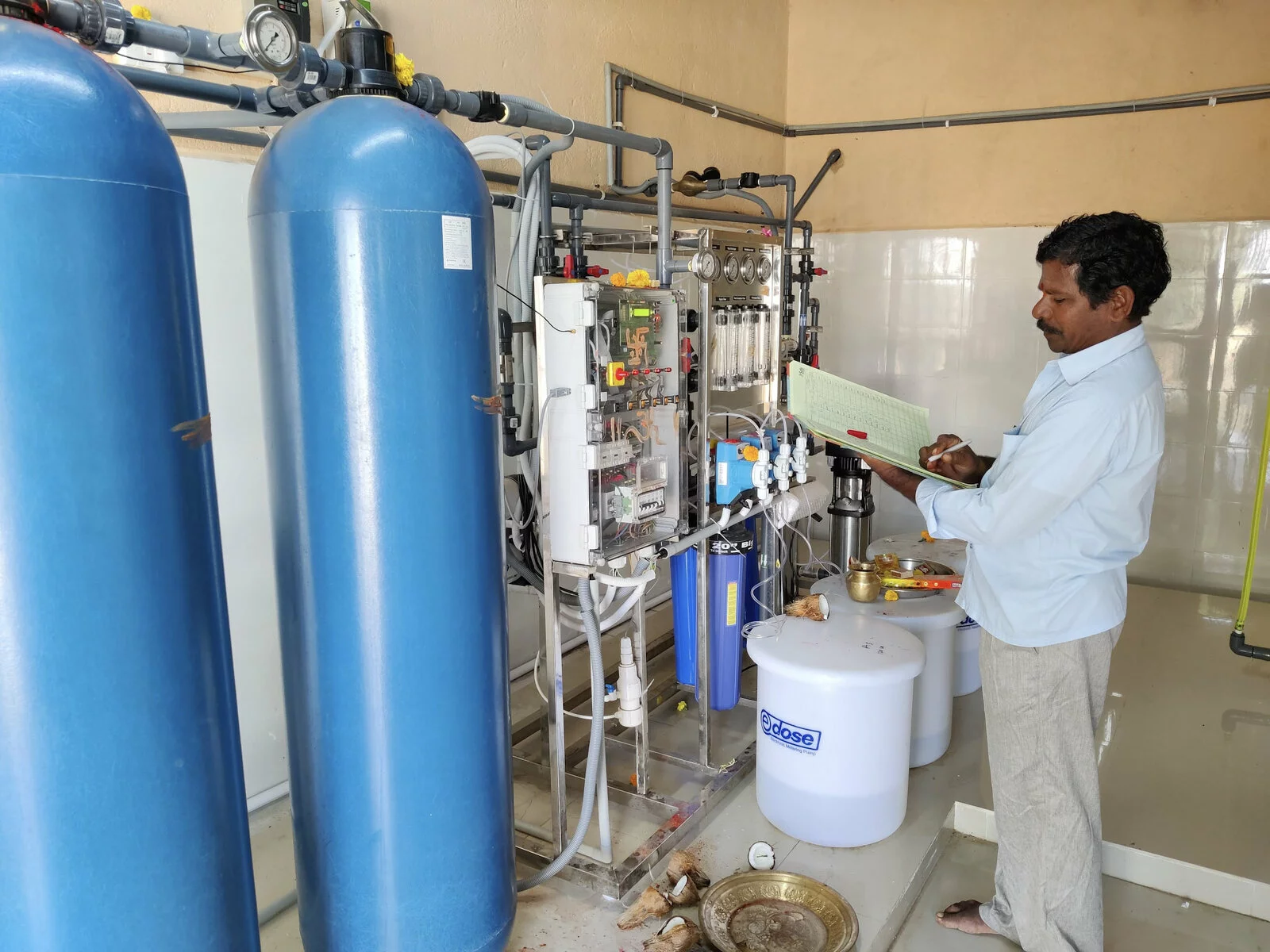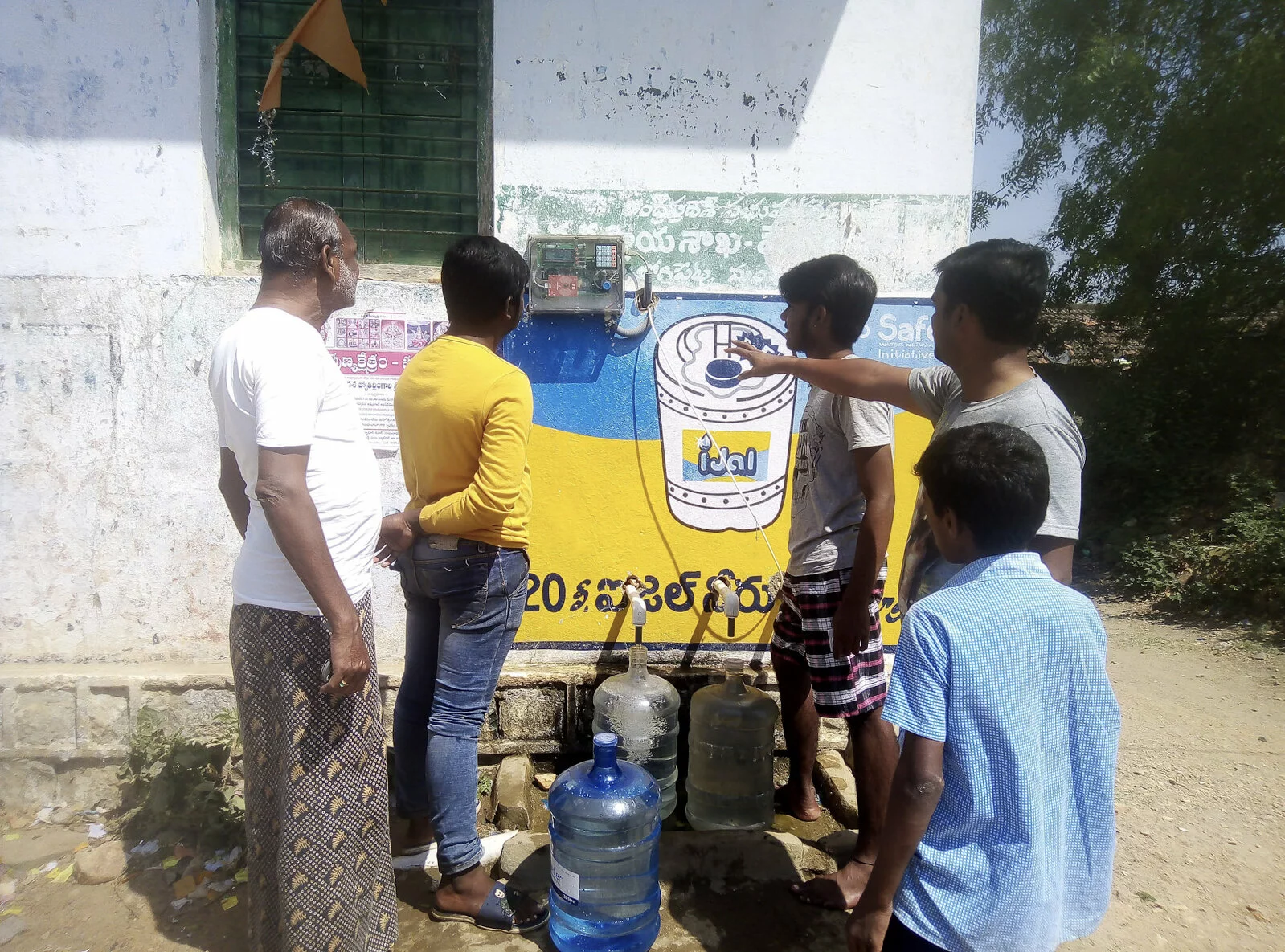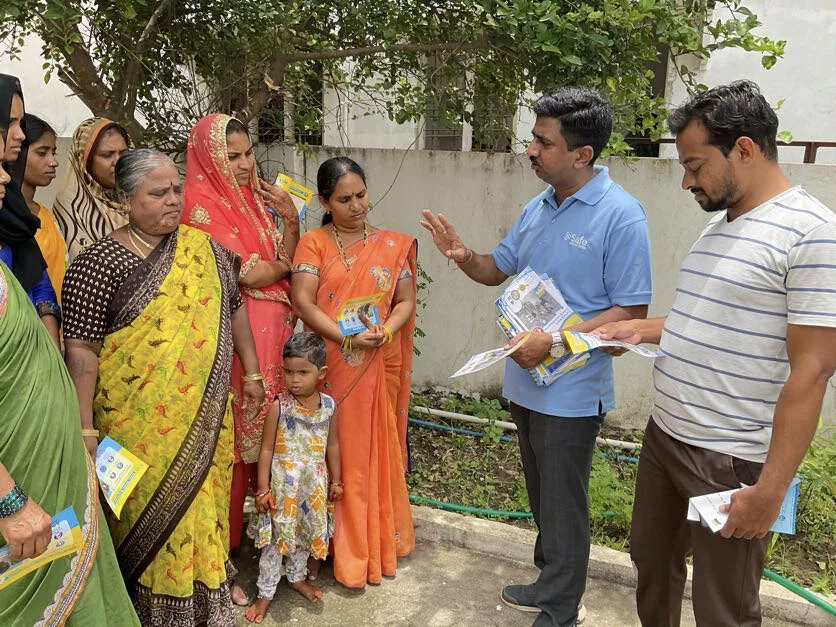India Sector Review (2014)
By: Safe Water Network
Safe drinking water is inaccessible to over 80 percent of India’s population and increasing this access remains a challenge to organizations in the public, private, and non-profit sectors. Different sectors have relied on a variety of strategies to address the issue. In this report, Safe Water Network (SWN) examined the different methods in use and tied them together in a single assessment. The findings are of use to any organizations and stakeholders with an interest in sustainable development models for the poor.
Drinking Water in India: An Uneven Development
Rural India faces severely limited access to safe drinking water. About 38 million people are impacted by waterborne illnesses each year, and almost 400,000 die from contaminated water. Despite urbanization, the rural population increased by 12 percent between 2001 and 2011. The drinking water needs in rural India remain unmet, inviting innovative and cooperative solutions for sustainable water systems throughout the country.
Community Safe Water Solutions
Community Safe Water Solutions (CSWS) use various treatment technologies and ownership and operating models to improve drinking water conditions in rural India. Despite the numerous challenges CSWSs face, cooperation between all major stakeholders can maximize benefits to rural consumers sustainably.
Supporting Documentation/resources/data/reports
- World Health Organization
- Main Source of Drinking Water 2001-2011
- Department of Drinking Water and Sanitation
- ‘Slippage’: The bane of rural drinking water sector: (a study of extent and causes in Andhra Pradesh)
- 9 Tenth Five Year Plan, 2002—07: Rural Water Supply and Sanitation
- Evaluation Study on Rajiv Gandhi National Drinking Water Mission (RGNDWM)
- Knowledge Management and Communication for SWASTH programme
- Drinking Water Supply Vis-à-vis Technological Interventions for Social Empowerment of Rural India
- Water Safety Plan Manual: Step-by-Step Risk Management for Drinking Water Supplies
